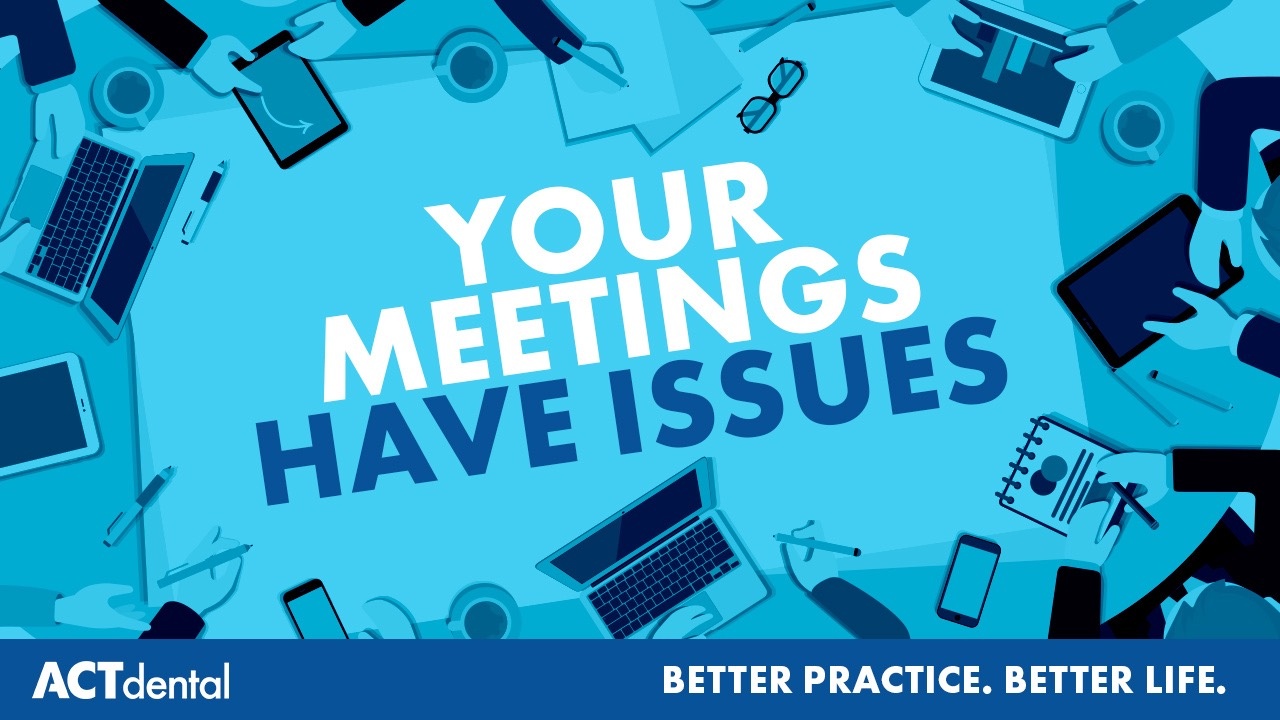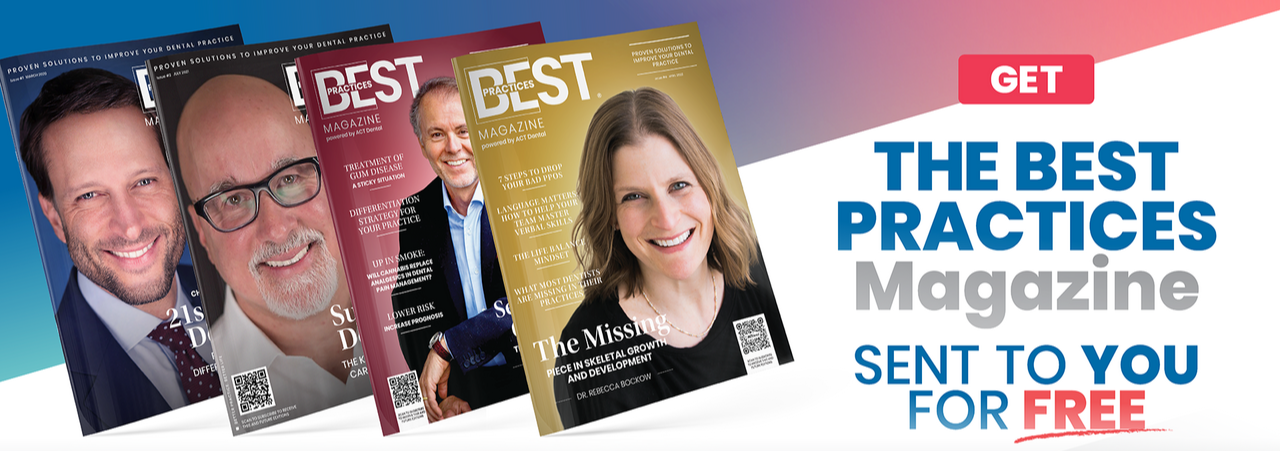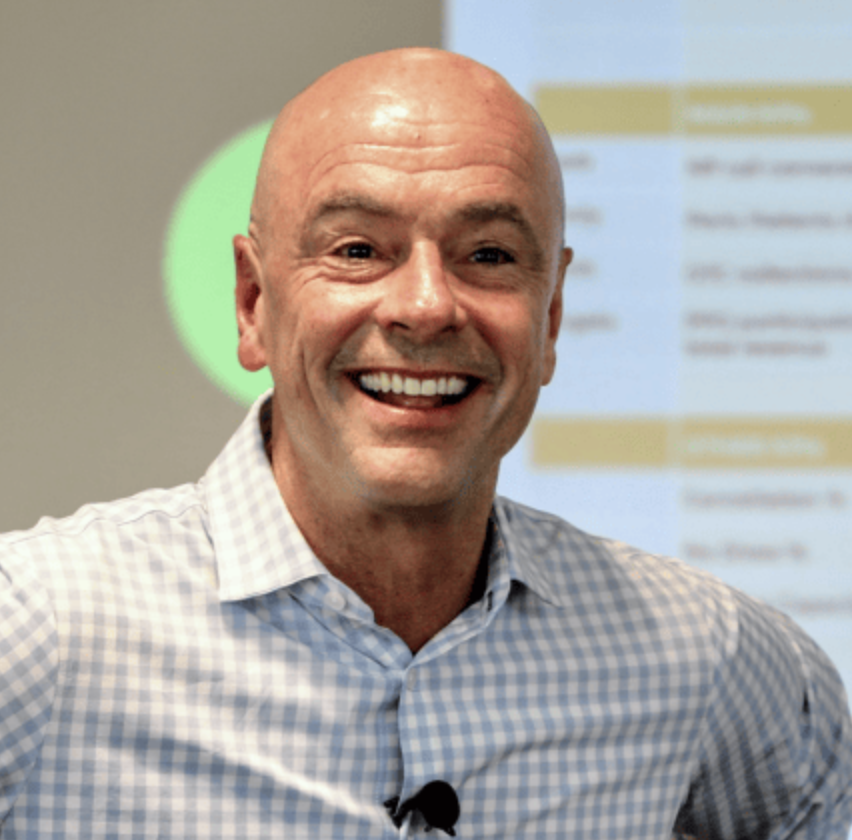There’s an unfortunate tendency for team meetings to turn into nothing more than a gripe session where you recycle the same grievances over and over again, wasting everyone’s time. It seems natural to blame the meeting itself as being the problem, but that’s just fighting the symptom, not the disease. What lies at the root of your ineffective meetings is that you haven’t figured out what the real issues facing your practice are. When you can’t call up the real issue you fall into the cycle of Band-Aid, patch, and talk about the same things repeatedly. It’s so devastating for your practice; it kills the momentum, derails meetings, and can destroy trust. When you can diagnose the real issue and do something about it, your life will change.
Prioritize Your Problems
One of Kirk’s favorite sayings is that “Your problems aren’t your problems; your problems are how you think about your problems.” When we immediately think about the obstacles and reasons why something won’t work, we just end up dealing with little problems here and there, putting out fires as they arise. You need to pause, take a step back, and prioritize the issues facing you. Instead of just dealing with what pops up in the meetings, spend 30 seconds deciding which issues are the most important, and then start at the top of that list and talk about them until they’re solved. Bear in mind that you can’t spend too much time on individual issues—if you’re just going on and on, you may not be talking about the real issue. Be intentional about discussing the issues and give yourself a set amount of time to come to a solution; you’ll be surprised what you can get through.
Follow the Framework
To help us in our own team meetings, we utilize a framework to help us work through any issues we face. We use it in every single meeting, and it makes a big difference.
- Identify the real issue: To identify the real issue, you need to pause. Take a second during your team meetings to define what the real issue is. Don’t talk about the effects of the problem—focus on what they’re circling around.
- Get to the root cause: The problem is rarely the first thing that’s stated—there’s always something behind it. When you’re looking at the symptom, you want to know what the actual cause is. If you want to solve a problem, you need to get to its root cause, because nothing saves more time than when you start addressing the problem at its source. When you neglect the root cause your problems create bigger problems, which then always turn into crises. When you identify and solve problems early, you reduce their negative impact.
- Find the problem behind the problem: I find this step particularly useful when dealing with situations of Expectations Minus Reality Equals Conflict. You have conflict, which is a problem. But if you look behind that conflict, you’ll find that the true problem actually lives in the expectations, and now you can address it.
- Peel back the onion: Think about the problem more deeply, from different angles. I think of each side of the onion as a different factor influencing the problem. For example, as I peel from one side, I look at personnel; from another, software issues. As you peel from different sides, you eliminate other potential complications from the problem. The goal of peeling back the onion is to gain more clarity.
- Ask “And what else?”: This is the number one question you should learn to ask, because the real answer to a problem is rarely the complete and true answer. Asking questions makes us pause and think a little bit deeper— “Was the answer I gave totally correct or is there something else?” The extra information you get from asking questions is essential.
The goal is to think differently in your meetings. Instead of just rehashing the same points, learn to Identify, Discuss, and Solve your problems. It gives your life meaning when you gain the ability to solve your problems, and it’s incredible how much better your practice gets. Not only are you creating solutions to problems and running more effective meetings, but you’re also creating healthy processes in your practice. When you learn to think differently and get to the root of your problems, you’ll see them fly off your list and never come up in your meetings again.
We often don’t look at things in a way that helps us understand what’s truly going on, so it’s important to lean on people and get an outside perspective. This is where having a coach or leadership team is helpful, so reach out to ACT and let us help. You can’t always see the problem, so it’s good to have someone who can ask questions and help you get to a Better Practice, and a Better Life!
Jenni Poulos is a Lead Practice Coach at ACT.
Categories
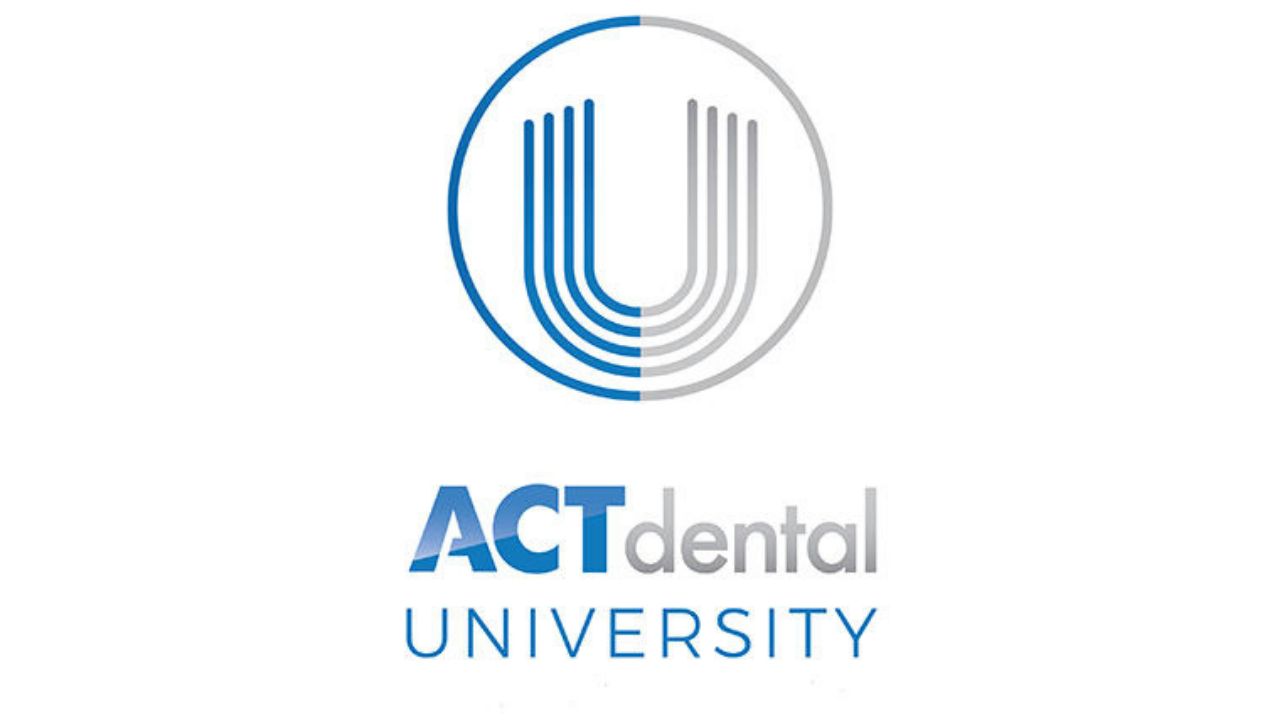
Get access to the best dental educators on the planet to bring you "best practices" and help you become the dentist you were called to be. Watch what you want, when you want it. It's 24/7 on-demand access. Friday's we host "Master Classes" with the very best dental speakers you will ever see.
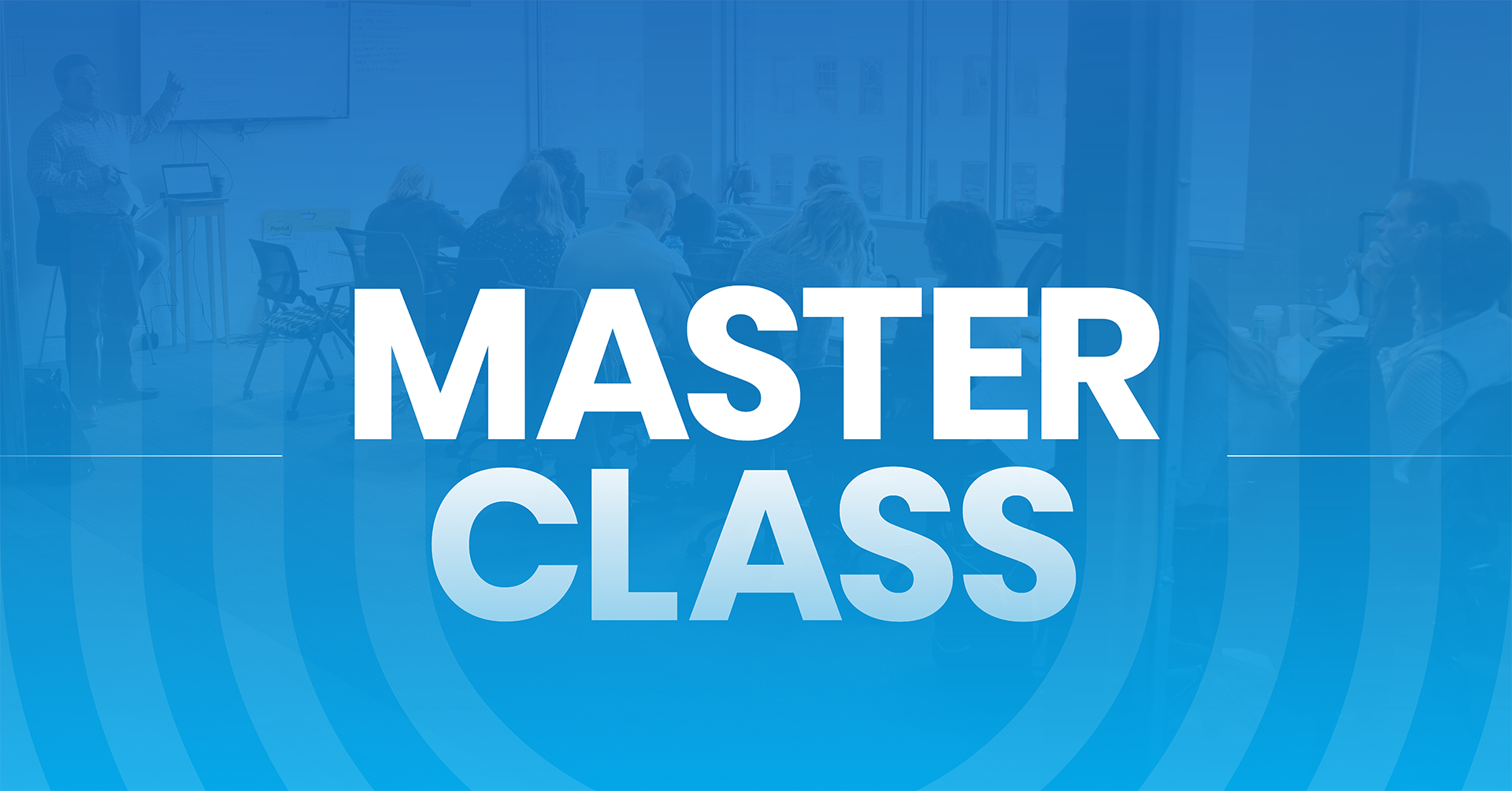
Reserve your spot at the next ACT Dental Master Class
Learn From One of the Best Educators During Our BEST PRACTICES MASTER CLASS Experience.
Kirk Behrendt
Kirk Behrendt is a renowned consultant and speaker in the dental industry, known for his expertise in helping dentists create better practices and better lives. With over 30 years of experience in the field, Kirk has dedicated his professional life to optimizing the best systems and practices in dentistry. Kirk has been a featured speaker at every major dental meeting in the United States. His company, ACT Dental, has consistently been ranked as one of the top dental consultants in Dentistry Today's annual rankings for the past 10 years. In addition, ACT Dental was named one of the fastest-growing companies in the United States by Inc Magazine, appearing on their Inc 5000 list. Kirk's motivational skills are widely recognized in the dental industry. Dr. Peter Dawson of The Dawson Academy has referred to Kirk as "THE best motivator I have ever heard." Kirk has also assembled a trusted team of advisor experts who work with dentists to customize individual solutions that meet their unique needs. When he's not motivating dentists and their teams, Kirk enjoys coaching his children's sports teams and spending time with his amazing wife, Sarah, and their four children, Kinzie, Lily, Zoe, and Bo.
RECENT POSTS
876: The Kois-Coachman Digital Dentistry Event & The IntraOral Scanner Festival – Dr. Christian Coachman
April 18, 2025
Rest Isn't A Reward, It's A Requirement!
April 14, 2025
Data Snapshot: # of Office Days Open
April 11, 2025
Weather Any Storm: The Power of Focus
April 07, 2025
871: Metric Mondays: Gross Profit Percentage: The Health Indicator of Your Practice – Dr. Barrett Straub
April 07, 2025
Embrace Conflict to Unlock Trust
April 04, 2025
